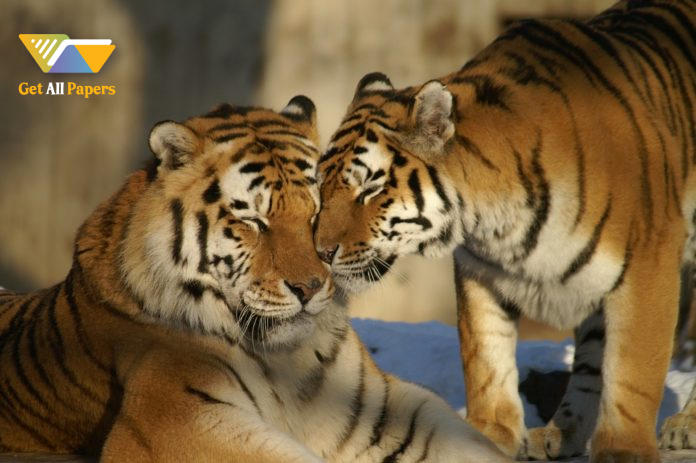
Bhutan's Tiger Population Surge: A Triumph Of Conservation Efforts
Written By: Kevin L. Ferguson
Published On: Aug 08,2023
Introduction
In recent years, Bhutan has emerged as a beacon of hope for wildlife conservationists worldwide, particularly due to the remarkable surge in its tiger population. This small Himalayan kingdom, nestled between China and India, has managed to reverse the decline of its tiger population through steadfast commitment, innovative strategies, and a deep-rooted cultural respect for nature. The success story of Bhutan's tiger population surge is not only a testament to the country's conservation efforts but also a valuable lesson for the global community in preserving endangered species.
Historical Context
Tigers, once abundant across Asia, have faced a grim fate in the past century due to habitat loss, poaching, and human-wildlife conflicts. Bhutan's tiger population was no exception, dwindling to alarming levels by the early 2000s. However, the government of Bhutan recognized the urgency of the situation and took proactive measures to safeguard these magnificent creatures.
Government Commitment
Bhutan's commitment to tiger conservation was evident with its ambitious pledge to the global community. In 2010, during the St. Petersburg Tiger Summit, Bhutan joined 12 other tiger range countries in pledging to double the wild tiger population by 2022—a goal it achieved a year ahead of schedule. This commitment highlighted the government's dedication to not only conserving tigers within its borders but also contributing to the global conservation effort.
Innovative Conservation Strategies
Bhutan's success can be attributed to a combination of innovative conservation strategies and a holistic approach to biodiversity preservation. The country implemented anti-poaching measures, established protected areas, and invested in scientific research to understand tiger behavior and habitat needs. The use of camera traps for monitoring and research has been instrumental in assessing population trends and understanding tiger movement patterns.
Community Engagement
One of the most remarkable aspects of Bhutan's tiger conservation efforts is its integration of local communities. The government recognized the importance of involving local residents as stewards of their natural resources. This approach not only helped in reducing human-wildlife conflicts but also empowered communities to take pride in protecting their invaluable heritage.
Cultural Values and Conservation
Bhutan's Buddhist heritage and reverence for nature have played a crucial role in the success of its conservation efforts. The country's commitment to Gross National Happiness, which includes environmental sustainability as a key component, aligns with the need to protect its diverse ecosystems and the species they harbor. Tigers are seen as symbols of power and protection in Bhutanese culture, further strengthening the resolve to conserve these majestic animals.
Global Implications
Bhutan's achievement in tiger conservation offers valuable lessons for the global community. It showcases that with political will, innovative approaches, community engagement, and a deep cultural connection to nature, the trajectory of even the most endangered species can be reversed. Bhutan's model provides hope for countries grappling with similar conservation challenges, emphasizing the significance of multi-faceted strategies and cross-border cooperation.
Conclusion
Bhutan's tiger population surge stands as a shining example of successful conservation efforts. Through its unwavering commitment, innovative strategies, and harmonious blend of cultural values with modern conservation techniques, Bhutan has demonstrated that coexistence between humans and wildlife is possible. As the world continues to grapple with biodiversity loss and environmental challenges, Bhutan's success story offers inspiration and a blueprint for conserving our planet's precious wildlife for generations to come.
To check out more about recent scenarios and on-going situations in the world visit https://getallpapers.com.
Related Posts
Popular Article

A guide to write a reflective essay
20.1.2023

Tips to writing a scientific thesis
10.2.2023





